Free Museums in Los Angeles You Should Visit
There's plenty of fun and free things to do in Los Angeles. Here's a breakdown of the best free museums in Los Angeles.
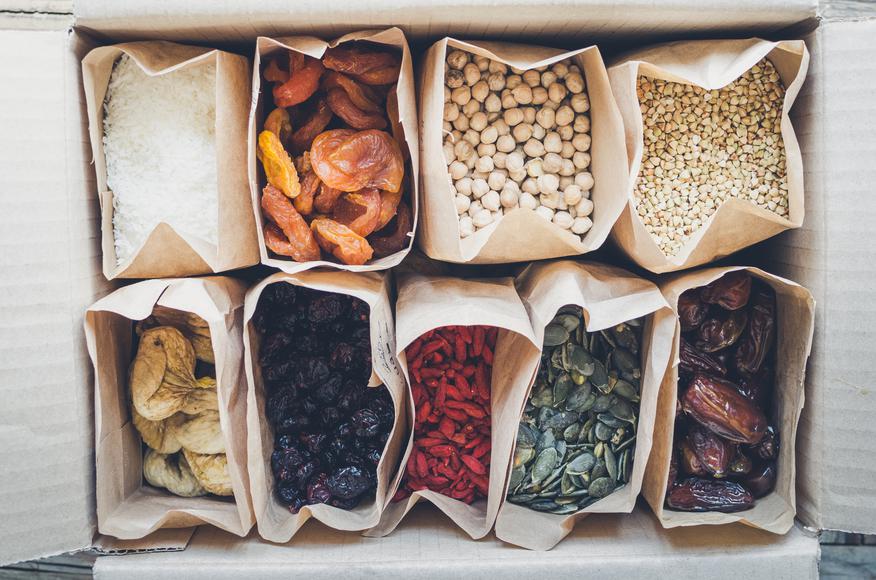
From the home to the workplace and even in restaurants, reducing food loss and waste is something everyone can get involved in.
Since food waste is getting the attention it deserves, it’s time we all made a collective effort to reduce and prevent it. While many people experience food insecurity, food waste is still a major part of the waste stream.
Thankfully, there are a variety of ways to reduce food waste to incorporate into our lifestyles. From the home to the workplace and even in restaurants, reducing food loss and waste is something everyone can get involved in.
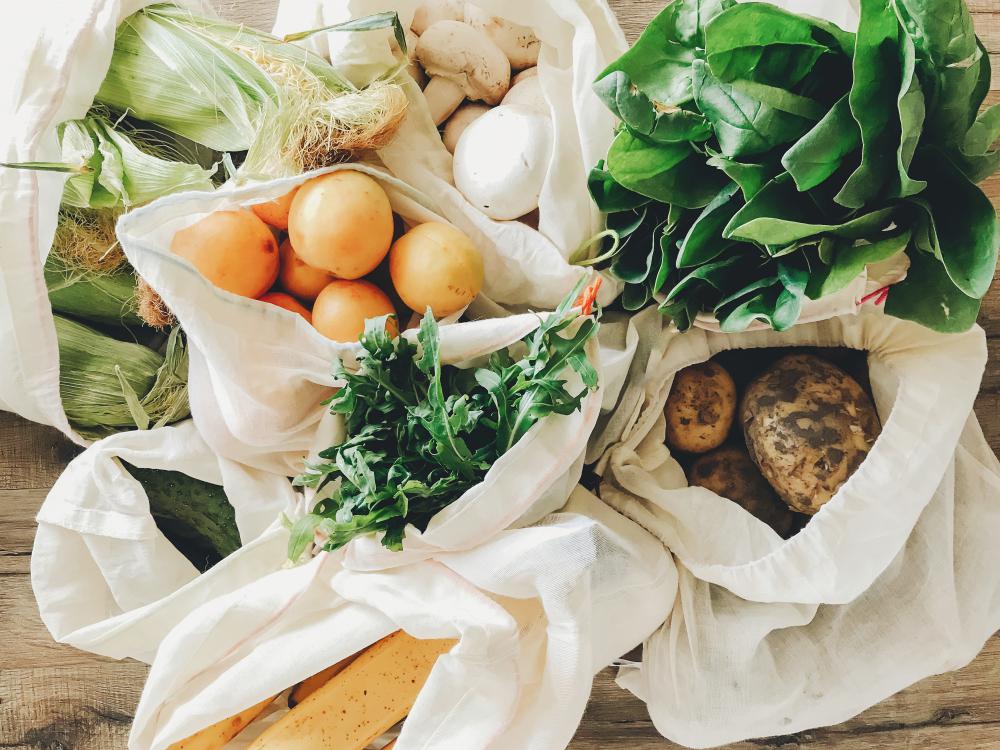
With the farm-to-table movement taking over, Californians are looking for more ways to live more sustainably. But there’s always room for improvement. Food is wasted at every point in the food chain—farms, fishing boats, stores, restaurants, and everything in between.
Wasted food has environmental, economic, and social consequences. Beyond the wastage of food, you’re also throwing away natural and human resources that are used to grow, produce, process, and transport that food. The amount of food that’s thrown away can easily solve many families’ hunger issues.

Does your business rank among the best in California?
nominate a businessLearn more about our selection criteria and vetting process.
Here are a few ways wastage of food impacts the environment:
All this and more signify that finding solutions to food wastage is a duty we should all take more seriously. Anyone can make a move in the right direction and eventually reverse significant damage by following these tips.

Preplanning what to buy from the store not only reduces food waste, but also helps put a stop to impulse buying. While buying in bulk is more convenient, it also leads to extra wastage of food. Make a list and buy things you know you’ll use. Most times, this step is enough to significantly reduce food waste in households.
Stop food waste by storing your groceries the way they should be stored. One way to start is by separating foods that produce ethylene gas from those that don’t—for example, bananas and potatoes. Failing to do so can lead to premature ripening and fast-rotting produce.
Checking the expiration date before buying an item ensures that you have enough time to use it. While many labels on products are ambiguous, the “use by” label is the best to follow. This term means that the food may not be at its best quality past the listed date—this term is not to be confused with the “sell by” dates.
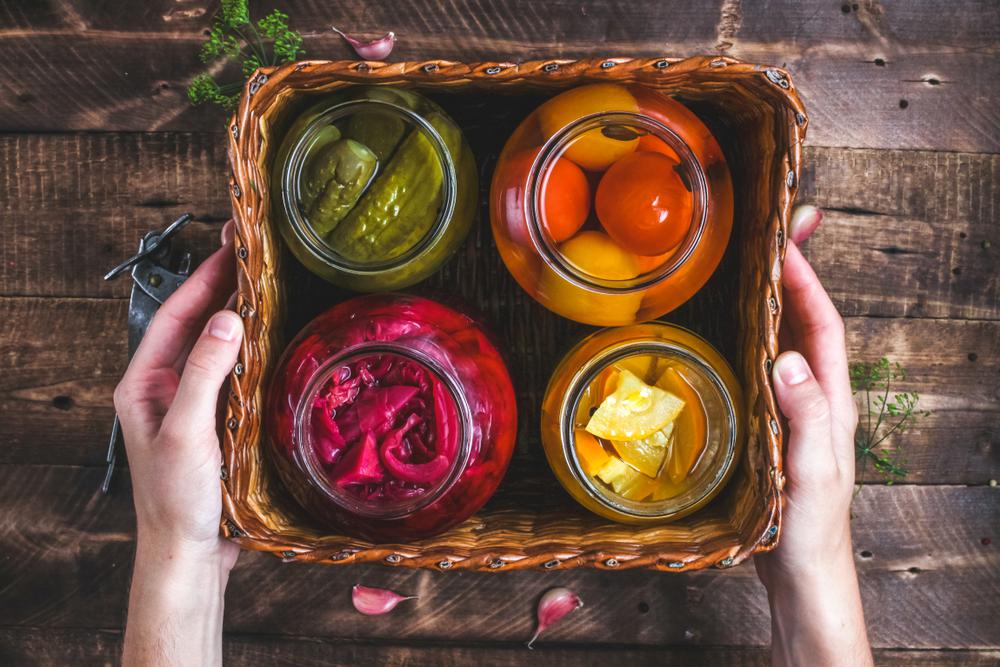
Pickling, drying, canning, and fermenting are just a few ways to reduce food waste through preservation. These tips to reduce food waste have been around for centuries and are great ways to reduce your carbon footprint. These food-preserving activities are fun ways to bond with your family while enjoying organic snacks.
Leftovers aren’t just delicious after Thanksgiving. You might already be storing excess food in the fridge, but how often do you actually eat it? A great tip to reduce food waste and save money is to dedicate a day to use up the leftover foods in your fridge. Call us biased, but some foods do taste better the second time around.
The flesh and seeds of most fruits and vegetables end up being tossed away. But there are actually multipurpose uses you’ve been missing out on. Besides planting seeds in your garden and growing fresh produce, did you know you can eat the seeds as healthy snacks? This solution to food wastage has been around in many Middle Eastern cultures for a long time.
Pumpkin seeds are a great example of a food wastage solution. Wash and dry the seeds, toss them in a bit of olive oil and salt, and toast them in the oven. Enjoy the addictive activity of peeling and eating them for days to come.

Stems, peels, and ends are not exactly the most appetizing part of a food, but they’re still packed with nutrients. A great way of reducing food loss and waste, while still reaping health benefits is to blend them up in a smoothie. Fruit and vegetable peels, wilted herbs, overripe bananas, and chopped stalks are a few examples that can be great add-ins.
Freezing food is one of the easiest ways to preserve it for longer. The amount of foods that this method could be applied to are endless. Fruits and vegetables, herbs, leftovers, and more—everyone should take up freezing as a means to preventing food waste.
Most of the time, people forget that they control their own kitchen. Tweak your recipes to your own liking, adding and removing ingredients as you like. Repurpose scraps, use ingredients you already have, and include parts of foods that aren’t used to add your own twist to the recipe.

Bring out your inner DIY master and get creative with the ways you can use your food. Use honey in face masks, vegetable oil to remove splinters, vinegar for carpet stains, and sugar for lip scrubs. The medicinal and cosmetological properties of food are many—reduce food waste by taking advantage of it all.
Use the first-in, first-out rule to ensure newer stock is routinely stored behind the older stock. This solution to food wastage keeps things in order and guarantees older stock will always be used up first before it has a chance to go to waste.
Effective temperature control is crucial for managing food waste in restaurants. It involves several key practices: rapidly cooling hot food, reheating food to the appropriate core temperature, and storing high-risk foods in refrigerators and freezers. These practices are essential for preventing food spoilage and inhibiting the growth of harmful bacteria, thereby reducing food waste. By ensuring that food is stored and handled at safe temperatures, restaurants can not only minimize waste but also ensure the safety and quality of their meals.

Many companies make eco-friendly products that can be used instead of single-use items. Straws, utensils, takeaway bags, and cleaning supplies are several items that restaurants routinely throw away.
Preventing food waste starts with knowing what you have in your inventory. This means keeping a detailed list of the items in your storage areas (pantries, fridges, freezers), the expiration dates, allergenic details, and anything else you can easily refer to. This avoids wastage, double-buying, and forgetting foods you already have.
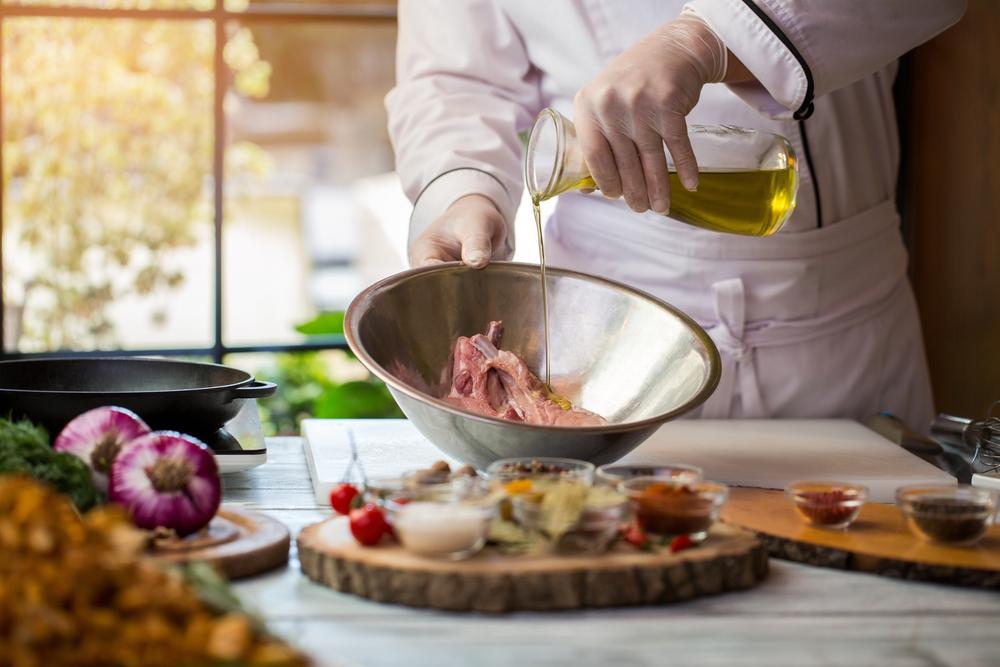
Quality is always more important than quantity. Keep an eye out for oversized portions and jumbo side dishes. If you notice that certain foods are always ending up in the trash, rework your portion sizes to avoid food wastage.
How much food does your restaurant really need to prepare in advance? And how much of it can be made-to-order? Large batch cooking means that food may not get used before it goes out of date—a waste of money, time, and product.
Fresh daily specials are a great way to spice up a menu and make sure extra ingredients have a use. Gloss over your inventory, determine what items have their expiration dates coming up, and cook up a fresh storm as a solution to food wastage.

Local food banks and charities are always grateful to have a helping hand in the hard work. Connect with shelters in your vicinity to ensure that your leftover food goes to those in need rather than to waste.
Make a point of suggesting a to-go bag for your customers. The food left over on customers’ plates is hard to repurpose. Whether they take it home to eat, give to someone in need, or compost, it stops food waste in its tracks.
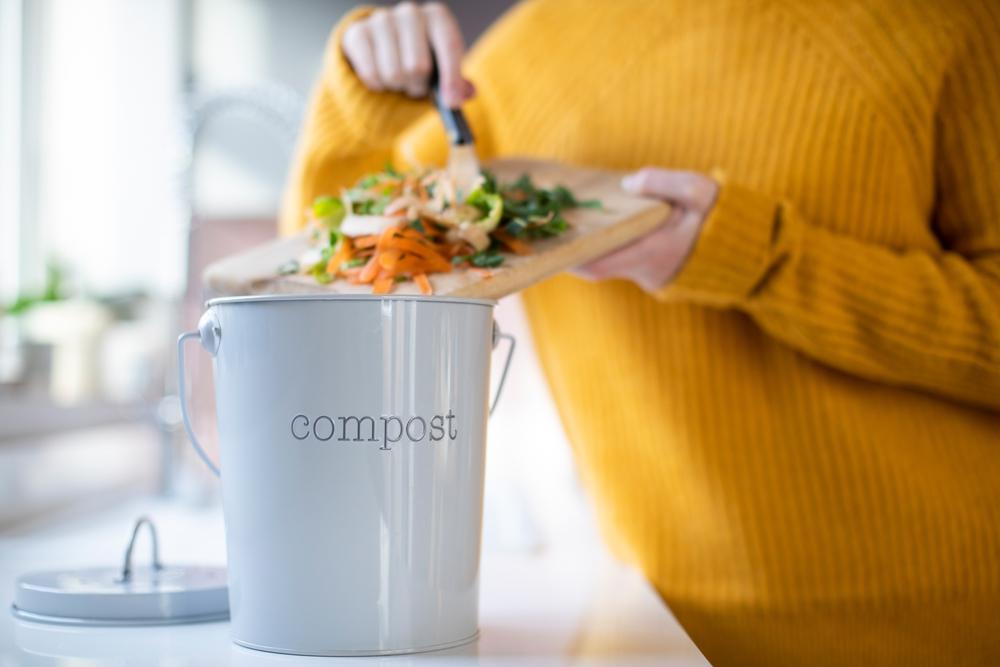
Getting a compost bin is a worthwhile addition to your restaurant. Grains, coffee grounds, tea bags, fruit and vegetable peelings, and old bread products can be composted to reduce food waste.
Last but not least, reducing food loss and waste is a group effort. If everyone in the restaurant understands the importance of food waste management, they’ll put in the necessary effort. After all, everyone in the chain—from the waiter to the manager and cook—is responsible for at least one step that affects food waste in restaurants.


There's plenty of fun and free things to do in Los Angeles. Here's a breakdown of the best free museums in Los Angeles.

Enjoy our quick guide on where to see fall colors in Southern California and experience autumn at its fullest in the Golden State.

Enjoy the City by the Bay for free with these awesome free activities in San Francisco that aren't just hiking.

The Golden State is known for its unique history and unconventional spirit, but these interesting facts about California will surprise you.

